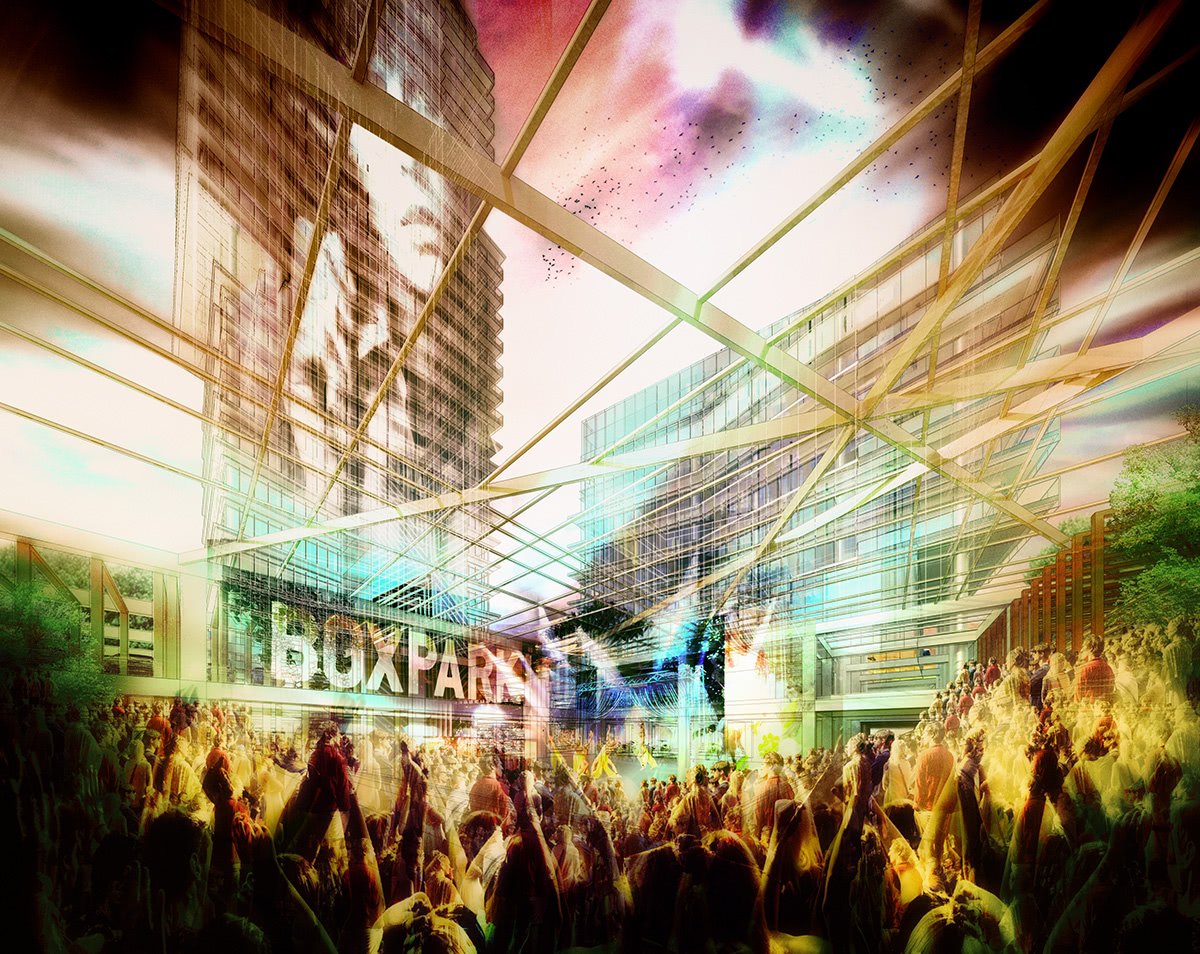
Beyond Retail: Part 1
In part one of a three-part series, CallisonRTKL Vice President Kyle Jeffery examines how blurring the lines of retail can have enormous impact.
In the past, retail was a space that relied on transaction rather than interaction. But now everyone—and I don’t just mean millennials—wants more than that. To compete with online shopping, we have to think beyond classic retail and design a place infused with social activities and unique experiences. Shopping can no longer just be a transaction; it must be infused with interaction, emotion, education, entertainment and social and community growth. It must be a place that supports commerce but through experiential places and a community connection. Detached malls and strip centers are vestiges of the past. Today, retail centers must be linked with living, working and lifestyle amenities.
Moving forward, three elements will provide a platform for a thriving retail experience: blurring the lines of program, inventing innovative alternatives to retailers and providing a platform to let the program flex and change.
Blurring the lines of the program means creating a place in which elements can fuse together to provide a true live, work and play dialogue. In these spaces it’s all about lifestyle and diversity of offerings. People will not come to these new retail centers just to run a specific errand; instead, they’ll come to experience the space and, hopefully, spend large amounts of time exploring its offerings. The idea of blurring the lines of programs provides rich and spontaneous opportunity for social activities, economic vitality and sense of place. By infusing diversity, this place will cultivate meaningful and sustainable progress in our communities.

This new place will need to offer retailers innovative and unique program opportunities that spark social and economic vitality. As designers we have to ‘invent’ these new platforms. Take a tech company, for example. In the Mall of the Future, the company could combine a retail store with a research and design incubator, creating a space where the consumer can purchase products but can also try new and innovative developments. This idea loops consumers into the creation of new products while allowing them to see some back-of-house tech operations. Innovative programs could also mean concert spaces, educational platforms or even apartments where retail employees and designers can live. Designing this new place is all about coming up with ideas that make retailers want to sign a lease and consumers want to spend time and money.
Lastly, designing successful retail spaces means providing a flexible platform. Businesses are no longer just looking inward; they want to engage with the community and the city in which they are located. Whether this is done through a courtyard that at night becomes a community gathering space or through city offices in the mall, retailers want to see and connect with their constituents on a deeper level. Designers must create spaces that seamlessly move from business to public with ease in order to attract both tenants and customers.
